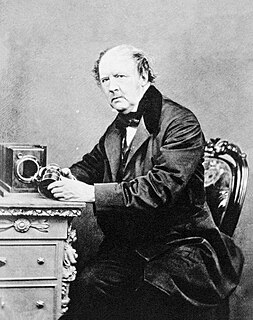
Calotype or talbotype is an early photographic process introduced in 1841 by William Henry Fox Talbot, using paper coated with silver iodide. The term calotype comes from the Greek καλός (kalos), "beautiful", and τύπος (tupos), "impression".

William Henry Fox Talbot FRS FRSE FRAS was an English scientist, inventor and photography pioneer who invented the salted paper and calotype processes, precursors to photographic processes of the later 19th and 20th centuries. His work, in the 1840s on photomechanical reproduction, led to the creation of the photoglyphic engraving process, the precursor to photogravure. He was the holder of a controversial patent which affected the early development of commercial photography in Britain. He was also a noted photographer who contributed to the development of photography as an artistic medium. He published The Pencil of Nature (1844–46), which was illustrated with original salted paper prints from his calotype negatives, and made some important early photographs of Oxford, Paris, Reading, and York.
Photojournalism is a particular form of journalism that employs images in order to tell a news story. It is now usually understood to refer only to still images, but in some cases the term also refers to video used in broadcast journalism. Photojournalism is distinguished from other close branches of photography by complying with a rigid ethical framework which demands that the work be both honest and impartial whilst telling the story in strictly journalistic terms. Photojournalists create pictures that contribute to the news media, and help communities connect with one other. Photojournalists must be well informed and knowledgeable about events happening right outside their door. They deliver news in a creative format that is not only informative, but also entertaining.

The history of photography began in remote antiquity with the discovery of two critical principles: camera obscura image projection and the observation that some substances are visibly altered by exposure to light. There are no artifacts or descriptions that indicate any attempt to capture images with light sensitive materials prior to the 18th century. Around 1717 Johann Heinrich Schulze captured cut-out letters on a bottle of a light-sensitive slurry, but he apparently never thought of making the results durable. Around 1800 Thomas Wedgwood made the first reliably documented, although unsuccessful attempt at capturing camera images in permanent form. His experiments did produce detailed photograms, but Wedgwood and his associate Humphry Davy found no way to fix these images.

War photography involves photographing armed conflict and its effects on people and places.
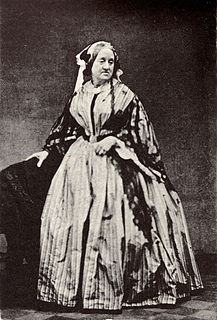
Anna Atkins was an English botanist and photographer. She is often considered the first person to publish a book illustrated with photographic images. Some sources claim that she was the first woman to create a photograph.
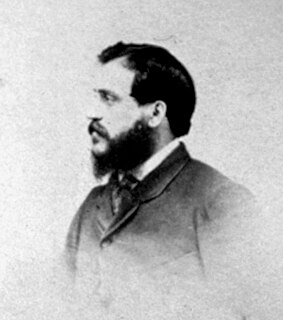
Felice Beato, also known as Felix Beato, was an Italian–British photographer. He was one of the first people to take photographs in East Asia and one of the first war photographers. He is noted for his genre works, portraits, and views and panoramas of the architecture and landscapes of Asia and the Mediterranean region. Beato's travels gave him the opportunity to create images of countries, people, and events that were unfamiliar and remote to most people in Europe and North America. His work provides images of such events as the Indian Rebellion of 1857 and the Second Opium War, and represents the first substantial body of photojournalism. He influenced other photographers, and his influence in Japan, where he taught and worked with numerous other photographers and artists, was particularly deep and lasting.

Life: 100 Photographs that Changed The World is a book of photographs, that are believed to have pushed towards a change, accumulated by the editors of Life in 2003.
Martin Laroche, born William Henry Silvester, was an early English professional photographer who successfully challenged William Fox Talbot's patent on the calotype and effected a liberalisation in professional practice, research and development that catalysed the development of photography in the nineteenth century.
Helmut Erich Robert Kuno Gernsheim was a historian of photography, collector, and photographer.

John Karl Hillers was an American government photographer.

The Rt Hon. Mary Parsons, Countess of Rosse, was a British amateur astronomer and pioneering photographer. Often known simply as Mary Rosse, she was one of the early practitioners of making photographs from waxed-paper negatives.

Philip Henry Delamotte was a British photographer and illustrator.

Nathaniel Whittock was a Victorian topographical engraver, who published bird's-eye views, e.g. of York (1856), Oxford (1834), Melbourne, Australia (1854), Hull (1855), and London.

The participation of women in photography goes back to the very origins of the process. Several of the earliest women photographers, most of whom were from Britain or France, were married to male pioneers or had close relationships with their families. It was above all in northern Europe that women first entered the business of photography, opening studios in Denmark, France, Germany, and Sweden from the 1840s, while it was in Britain that women from well-to-do families developed photography as an art in the late 1850s. Not until the 1890s did the first studios run by women open in New York City.
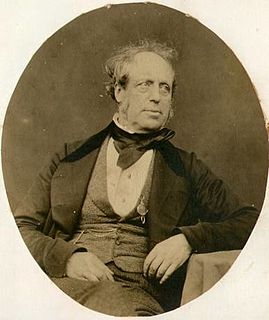
Peter Wickens Fry was a pioneering English amateur photographer, although professionally he was a London solicitor. In the early 1850s, Fry worked with Frederick Scott Archer, assisting him in the early experiments of the wet collodion process. He was also active in helping Roger Fenton to set up the Royal Photographic Society in 1853. Several of his photographs are in the Victoria and Albert Museum in London.
The Exhibition of Recent Specimens of Photography was an 1852 exhibition organised by the Society of Arts. It was the first exhibition in the world dedicated solely to photography. Earlier exhibitions had been done as part of a larger general exhibition, e.g. at the 1851 Great Exhibition of London. It was held at the House of the Society of Arts in London from 22 December 1852 until 29 January 1853 and featured the work of 76 photographers, for many of whom this was their first public exhibition. It led directly to the creation of the Photographic Society.
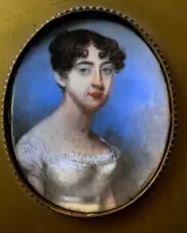
Sarah Anne Bright (1793–1866) was a 19th-century English artist and photographer who produced the earliest surviving photographic images taken by a woman. Images she had produced were not attributed to her until 2015 when her initials were discovered on a photogram that was previously consigned to an auction at Sotheby's in New York.














